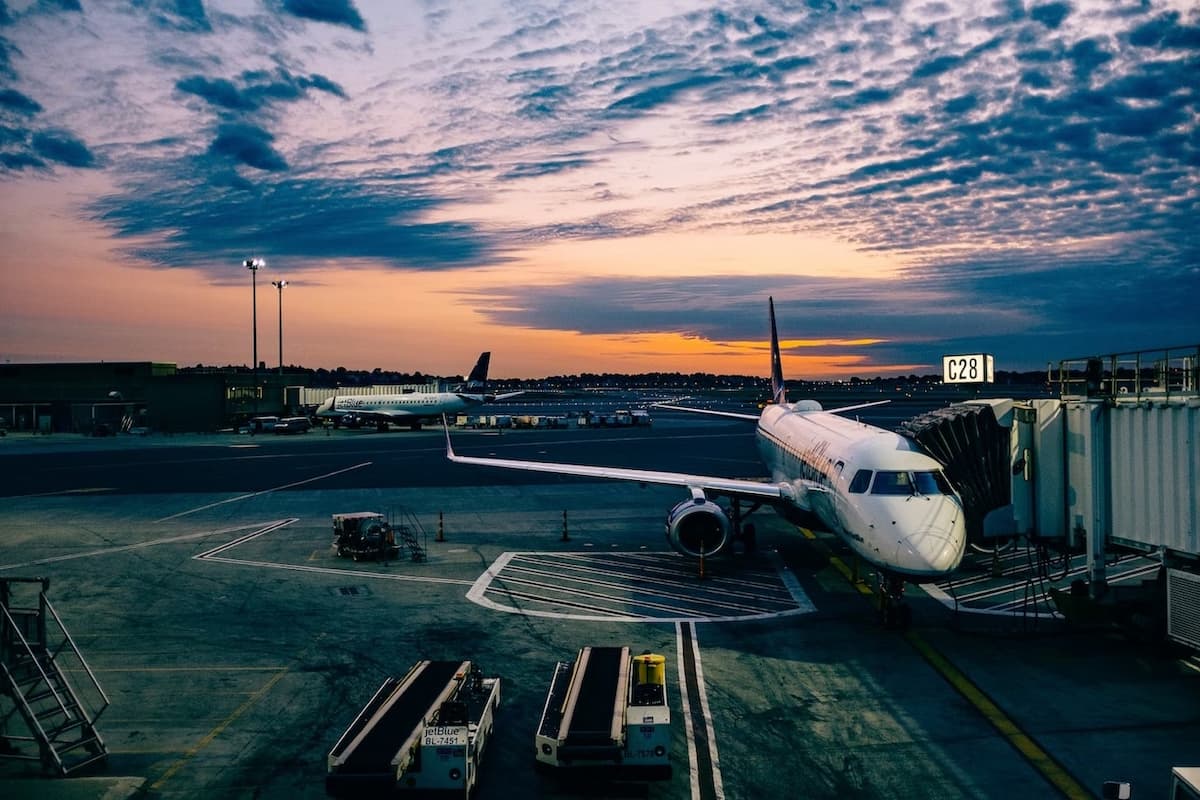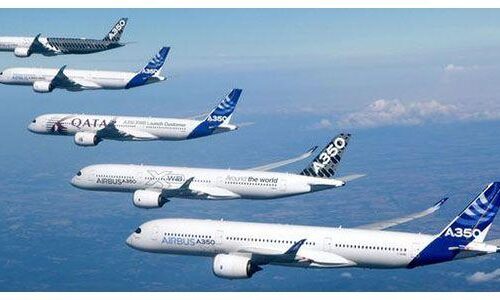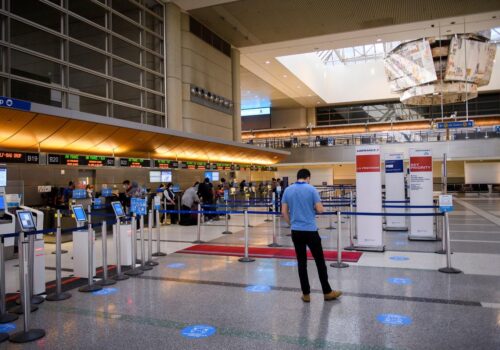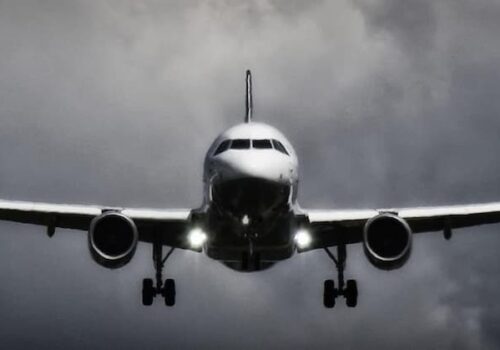Aviation of the Future – Prospects for Civil Aviation
Civil aviation seems to be one of the most conservative industries. Nevertheless, aviation plays a significant role in solving a wide range of vital tasks that meet the state’s interests. It is aviation activity that largely contributes to the growth of the industrial and economic potential of the country and the development of scientific, cultural, and social spheres. High-speed and comfortable transport performs an important function of the state integrator.
Alternative Fuel
European trends set the trend for responsible consumption and environmental friendliness in everything. It started with a ban on domestic flights for some distances and should end with a complete transition to biofuels.
For example, Boeing promises to switch aircraft to biofuel by 2030, made not from oil but plant-based raw materials and organic waste, reducing carbon dioxide emissions into the atmosphere by 80%.
Biofuels are already undergoing numerous tests and are completely safe. As confirmation, this number is more than a quarter of a million flights, and sales are growing daily.
New Aerodynamic Schemes
As a rule, all civil aircraft resemble each other. To make adjustments, many engineers proposed replacing the classical aerodynamic scheme with the so-called flying wing – when a wide and flat fuselage becomes an aerodynamic surface and creates a vertical force. According to Airbus, this will make it possible to consume 20% less fuel. In turn, passengers will receive a spacious cabin with a new zoning scheme, with sleeping compartments, meeting rooms, and restrooms where you can play polskie kasyno online, etc. It will look like a modern cruise ship; only the scene will be airspace, not the world ocean.
Supersonic Civil Aviation
In the near future, a resurgence of supersonic commercial aviation is expected. By 2029, it is planned to launch the Boom Overture aircraft, which collected 76 orders in 2017. On June 3, 2021, the American company United Airlines signed an agreement to purchase 15 aircraft of this type, with an option for another 50+. The future market itself is estimated at 2,000 civil-type supersonic planes.
Air Taxi

A completely new type of transport shortly should be air taxis. There are already many developments (from enthusiasts to large companies), most of which are variations on the theme of an electric multicopter, only in large sizes.
An example of an already flying prototype that is close to certification is the Chinese two-seat Ehang EH216 AVV. This future taxi has already made more than 10,000 flights, including with passengers, in 42 cities in eight countries of the world under different weather conditions:
- blizzard
- fog
- rain
- and even during a typhoon
The most interesting thing is that the tariffs for such a taxi will be comparable to a business class taxi.
Small aircraft make up 89% of all civil aviation aircraft, 87% of all flights are carried out by small aircraft, and flying cars and air taxis fall under this category. So aero taxi is one of the most promising areas of future aviation.
Drones
A variety of drones for delivering various light loads is already a reality. However, such services with food delivery or small parcels work mainly locally. There are practically no serious cases in ordinary life when using drones, except for mail delivery at enterprises. Of course, you can recall the military use of various drones, but this does not apply to civil aviation.
Although Amazon has previously announced plans to use drones to deliver small packages to individuals. But the problem is that the use of drones requires special conditions and rules, for example:
- drone use is limited to aerial photography in some countries
- a special permit is required for the carriage of goods
- the pilot must control the device, which excludes autonomy
- and drones are only available for use during daylight hours and within line of sight.
The solution to the problems may be the development of 5G networks, which will allow the autonomy of drones to be activated wherever there is a mobile connection. But the plans are grandiose and reduced to the realities of cyber-punk space, where drones of various applications will fly under neon signs.
Opportunities and Participation in the Economy
The aviation industry is also involved in the circular economy. Plant-based fiber products reduce engine weight and increase recyclability, as virtually all aviation materials are made from recycled components. Furthermore, thanks to nanotechnology, the interior of the aircraft cabin are made of lightweight and autonomously regenerating materials so that they always look like new, as if they were specially prepared for a comfortable pastime along with http://play-fortune.pl/gry-online/jednoreki-bandyta.
Conclusion
In general, implementing these projects will ensure the creation of efficient civil aircraft industry, a radical expansion of the presence of firms in the global aircraft market, will have a multiplier effect on the development of high-tech industries, and will contribute to solving transport problems around the world.
Major aerospace companies know how the aviation industry continues to grow, so it is their responsibility to keep environmental damage to a minimum and create trends for new companies and technologies to develop modern aircraft construction.




